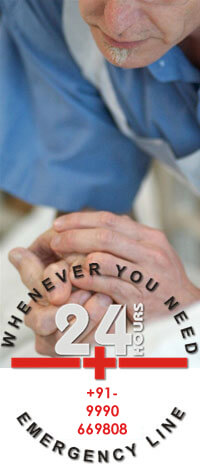First Aid Training for Gunshot wounds
Gunshot wounds are unpredictable puncture wounds that cause major tissue damage. Three factors work together to determine the severity of a gunshot wound.
- Location of the injury
- Size of the projectile
- Speed of the projectile
Changing the speed of the bullet makes the most difference to the amount of damage done by the round. Basically, bigger guns make bigger holes.
These tips will help in the case of a gunshot wound.
Difficulty: DifficultTime Required: 10 minutes from injury to ambulance transport
Here's How:
- Stay Safe. If you are not the victim, practiceuniversal precautions and wear personal protective equipment if available. Any situation that involves a gun is potentially dangerous, and rescuers are no help to a victim if they get hurt.
- Call 112 as soon as it is clear a gun is involved. Surviving a gunshot wound depends greatly on how quickly a victim gets to a hospital. Ideally, a gunshot wound victim should be on the way to a hospital in an ambulance within 10 minutes of being shot.
- Do not move the victim unless his or her safety is in jeopardy.
- Follow basic first aid. If the victim is unconscious but breathing, keep the airway open and clear. If the victim is not breathing, begin CPR.
- Control any bleeding.
- Seal gunshot wounds to the chest with some type of plastic to keep air from being sucked into the wound. This helps prevent the development of a collapsed lung. If the victim begins complaining of worsening shortness of breath, remove the seal.
- Let conscious victims sit or lie in a position most comfortable for them.
- Unconscious victims should be placed in the recovery position.
- Do not elevate legs to treat for shock if the gunshot wound is above the waist (unless the gunshot wound is in the arm). Gunshot wounds to the abdomen and chest will bleed more quickly once the legs are elevated, making it harder for the victim to breathe.
- Do not give the victim anything to eat or drink, including water.
Tips:
- Gunshot wounds are puncture wounds and are typically treated the same. Don't expect to be able to tell the difference between entrance and exit gunshot wounds. There's no reliable way to tell and it doesn't matter.
- Bullets are unpredictable, and can bounce around the inside of a victim. A gunshot wound on one side of the body that lines up with a gunshot wound on the other side of the body may or may not be connected by a straight line. Various dynamics affect the path a round may follow.
- The tissue damage (overall injury) caused by a projectile is determined by multiplying the mass (weight) of the round by the velocity of the round squared. Since the speed of the round is squared in this equation, doubling the speed quadruples the energy and the damage.
- Handguns produce significantly slower velocity projectiles than rifles, and therefore typically cause less severe injuries. That's not to say that handguns are not dangerous, just that rifles cause bigger holes.
Learn more about Gunshot wound first aid, and other First Aid for injuries, in a 24x7 Medical Service First Aid and CPR course at Life Saving CPR Training in New Delhi. Sign up for a class online at Delhi First Aid and CPR Training Institute.


































